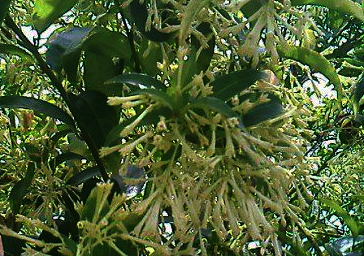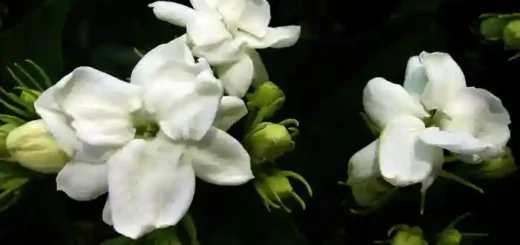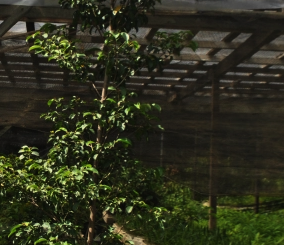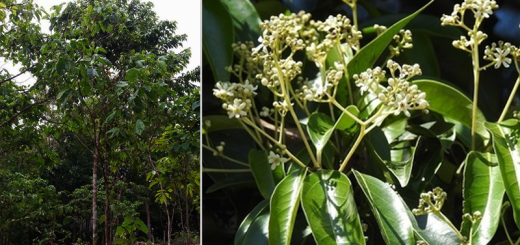Dama De Noche – The Bloosom Queen of the Night

If you’ve ever walked through a tropical garden at night and been stopped in your tracks by an intoxicatingly sweet fragrance, chances are you’ve encountered Dama de Noche. Known for its powerful nighttime perfume, Dama de Noche—which translates to “Lady of the Night” in Spanish—is a beloved plant in many warm-climate gardens, celebrated for both its beauty and mystery.
What is Dama de Noche?
Scientifically known Cestrum nocturnum, Dama de Noche is a member of the Solanaceae family, which includes tomatoes, potatoes, and nightshades. This semi-evergreen shrub is native to the West Indies and Central America but has made its way into gardens around the world thanks to its captivating nighttime bloom.
Also known as the night-blooming jasmine, night-blooming jessamine, night-scented jessamine or night-scented cestrum.
Night Blooming Beauty
Unlike many flowering plants that show off during the day, Cestrum nocturnum saves its performance for the evening. Its small, tubular greenish-white flowers might look unremarkable during daylight hours, but come dusk, they emit one of the most powerful and pleasant floral fragrances known in nature. The scent intensifies through the night, attracting pollinators like moths.
Cultural Significance
In many cultures, night-blooming jasmine carries a certain romantic mystique. It’s often associated with moonlight walks, summer evenings, and nostalgia. In the Philippines, it is a common ornamental plant in gardens and is often linked to love stories and poetry. Similarly, in Spanish-speaking countries, the name itself evokes elegance, femininity, and allure.

Growing and Caring for Dama de Noche
One of the reasons this plant is so popular is its relatively easy care:
- Light: Prefers full sun to partial shade
- Soil: Well-drained soil with moderate moisture.
- Watering: Regular watering during dry periods, but avoid overwatering.
- Temperature: Thrives in warm climates, but can be grown in pots and brought indoors in cooler areas.
- Pruning: Prune after blooming to maintain shape and encourage more flowering.
Be mindful that Cestrum nocturnum is considered toxic if ingested and can cause skin irritation in sensitive individuals. Always keep it away from children and pets.
In the Garden
Besides its scent, Dama de Noche makes a great background shrub or privacy screen. Gardeners often place it near patios, windows, or walkways where its fragrance can be enjoyed. At night, it turns an ordinary outdoor space into a romantic, sensory-rich retreat.
Dama de Noche is more than just a plant—it’s a sensory experience. Its unassuming flowers hide a potent magic that transforms gardens into nighttime sanctuaries. Whether you grow it for its scent, its stories, or its soothing presence, night-blooming jasmine is truly a queen of the night.
Learn more about trees in The Philippines.
References:
https://en.wikipedia.org/wiki/Cestrum_nocturnum












